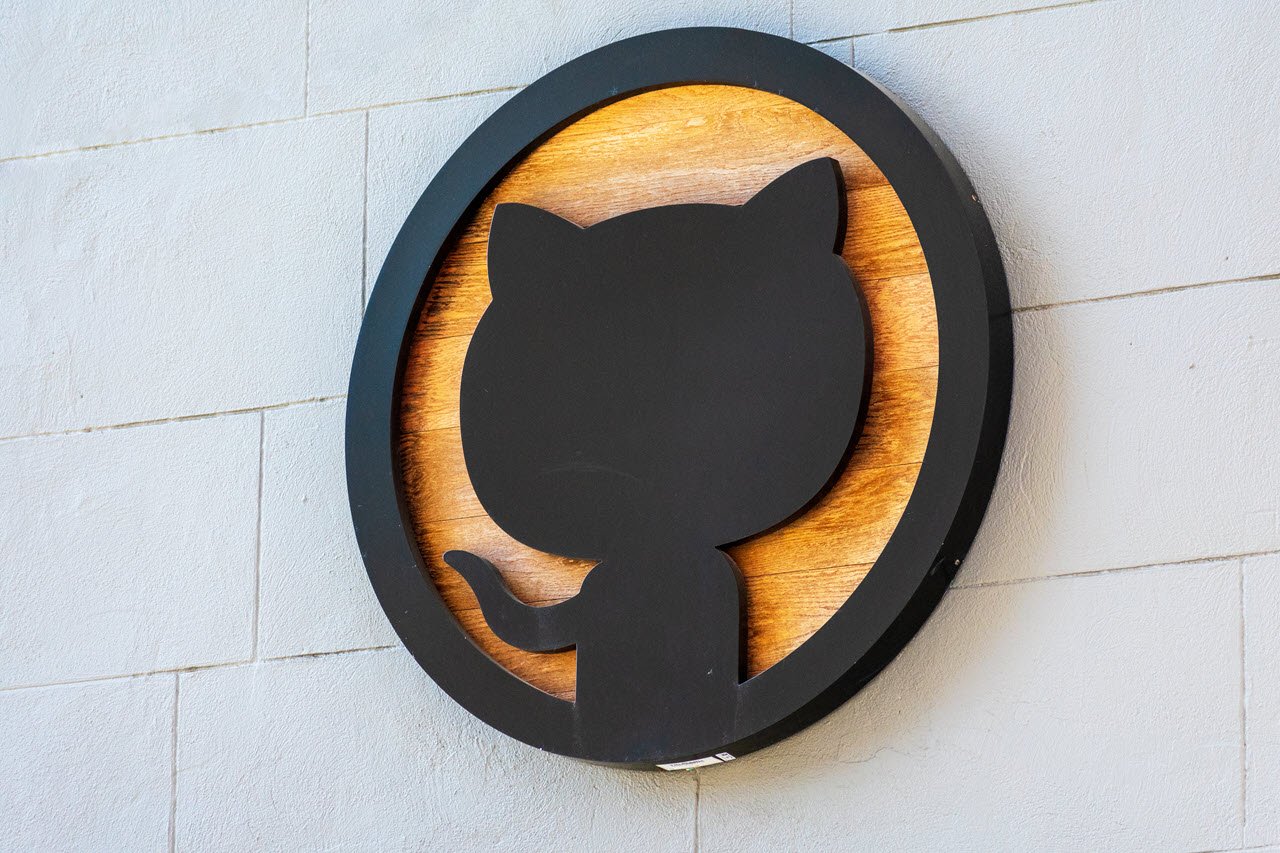Across the world, computer graphics are becoming prettier by the day. As UI/UX continues to improve, we are coming up with better, flexible and convenient user interfaces for everyone. But in this world of pretty UIs, there are still those who prefer the command line.
From the command line elitists to GUI commoners, everyone says that their interface is the best. But what makes these two interfaces so different that if a person is used to one, they become hesitant to move to another? Read on to find out.
Command Line Interface (CLI) a.k.a Terminal
A command line interface (also called command line interpreter, console user interface or character user interface) allows the user to type in commands which are executed when the ‘enter’ key is pressed.
 Once a command is written and ‘enter’ key pressed, the terminal or the shell, interprets that command and performs the required tasks while printing out output details on the terminal.
Once a command is written and ‘enter’ key pressed, the terminal or the shell, interprets that command and performs the required tasks while printing out output details on the terminal.
As you can guess, only a select number of users prefer to use the terminal. And while it may seem like it’s a pretty hectic process (sometimes, to be honest), it has some serious advantages.
To begin with, its fast. When you interact using a terminal, you’re directly interacting with the hardware as compared to a GUI where the commands first go through a layer of buttons and underlying code to determine what to do.
While this all happens in a couple of milliseconds, there are certain implementations (servers, stack devices) where this becomes an unnecessary step in the pipeline and is removed.
Also, when interacting with UNIX based systems, the terminal is the preferred and sometimes the only way to communicate with the computer. On mini ARM-based computers like the Raspberry Pi, Onion Omega or the BeagleBone black, the terminal is initially the only way to interact.
Since the terminal interfaces directly with the hardware, you also don’t have to deal with administrator permissions and other things. It puts you in charge.
Also read: Can a Raspberry Pi replace your PC?
Graphical User Interface (GUI)
If you lack the technical know-how to be able to operate a terminal and don’t care about anything else except just using your computer, you’re already using this.

Even if you’re a keyboard elitist, you’ll still find yourself using the GUI more often than not.
A GUI is obviously, fairly better as compared to the terminal in certain aspects. Beginning with visuals, a GUI puts everything on the screen for you to click or touch. You can see what you’re doing, where you’re doing and how you’re doing it while doing it.
The customisability options in a GUI are sky high. You can always make your own desktop your own.
All of these added features make GUI heavy on the memory and hence, anywhere where there is a shortage of memory, the GUI is either dropped or reduced in quality and functionality.
What do you prefer is entirely dependant on your personal preference and use case.
Also read: Processors: How many cores and GigaHertz do you need?





